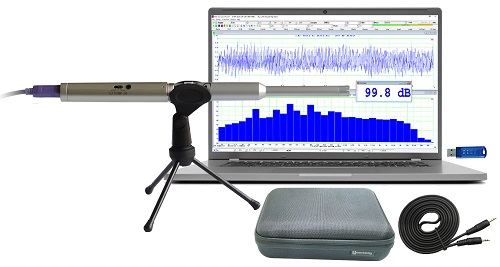

On the other hand, strong cuts (-10 dB or more) are possible without any problems.Īdvice: Even if you increase the resolution of the RTA to 1/6 octave or higher, only the offset values for the 1/3 octave resolution are displayed. Be careful with strong boosts (> 4 dB), as this can easily lead to overdriving of the DSP and thus a drastic increase in distortion. Positive values correspond to the necessary boosts in the respective bands, negative values require corresponding cuts. To make this adjustment more convenient, the difference between the measurement curve and the reference curve is displayed in dB values below each EQ band (highlighted in orange). We recommend shifting the reference curve in such a way that the “difference” between the two curves shows more peaks than dips. However, it is always useful when both curves are positioned in the center of the display or slightly above. Which of the two sliders you use is up to you. The curves can be “moved” using the two sliders on the far right of the RTA display (marked in blue).

#Free rta software for pc manual#
Shifting the measurement curve and the reference curveįor both the manual equalization and the AutoSet function, it is essential that the measurement curve and the reference curve are superimposed in a meaningful way.

This allows you to save the complete display content of the RTA as a png file.ĥ. If you want to save a measurement permanently for later documentation purposes, use the "Save" button at the bottom right of the display. Important: The content of the memory 1 - 6 is lost after closing the DSP PC-Tool. The measurement curve of each storage location is shown in a different colour for better differentiation:
#Free rta software for pc Pc#
Simply click with the right button of your PC mouse on the key button of the desired memory location (Memory 1 - Memory 6). If you want to compare this measurement with later readings, it makes sense to save it temporarily. All measured values are now averaged over the set measuring duration – indicated by the white curve, which will be automatically “frozen" after the measuring time has elapsed. It is therefore necessary to carry out an integration over a large number of measurement points which happens when you click the "Start measurement" button.

The graph is quite unsteady at low frequencies, so that a correct reading of the amplitude response is difficult. Starting the analyzer and a measurementĪs soon as you click on the "Start Analyzer" button, the current measured value of the measurement microphone is displayed as a “red” curve. Any overdrive during the measurement leads to incorrect results and should therefore be avoided unconditionally.Ĥ. The sound pressure level is too high reduce the volume on the car radio or check whether the sensitivity of your measurement microphone is set correctly in the system control of your PC. In addition to the bar display, there is also a dB display at the top right – all values below -30 dB are too low for a correct measurement: If the bar only moves to the middle of the display and lights up orange, then the sound pressure level is too low Turn up the volume on the car radio or check the microphone sensitivity setting in the system control of your PC. In this case the sound pressure level is sufficiently high for a measurement. The RTA uses a coloured bar in the upper area to indicate whether the level of test signal is sufficient for the measurement or not.Īll dB values between -30 dB and 0 dB are shown as a green bar. Sufficient sound pressure level of the test signal is essential to achieve a proper measurement result.


 0 kommentar(er)
0 kommentar(er)
